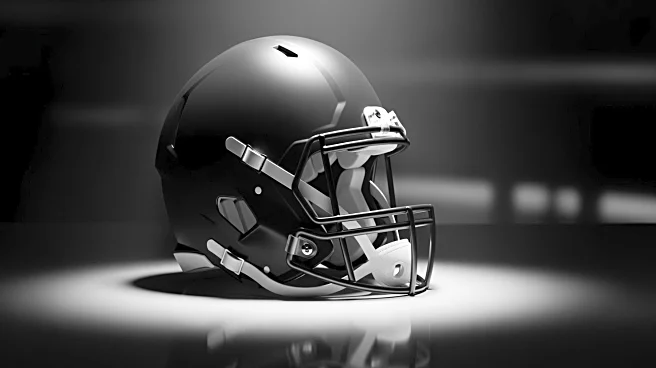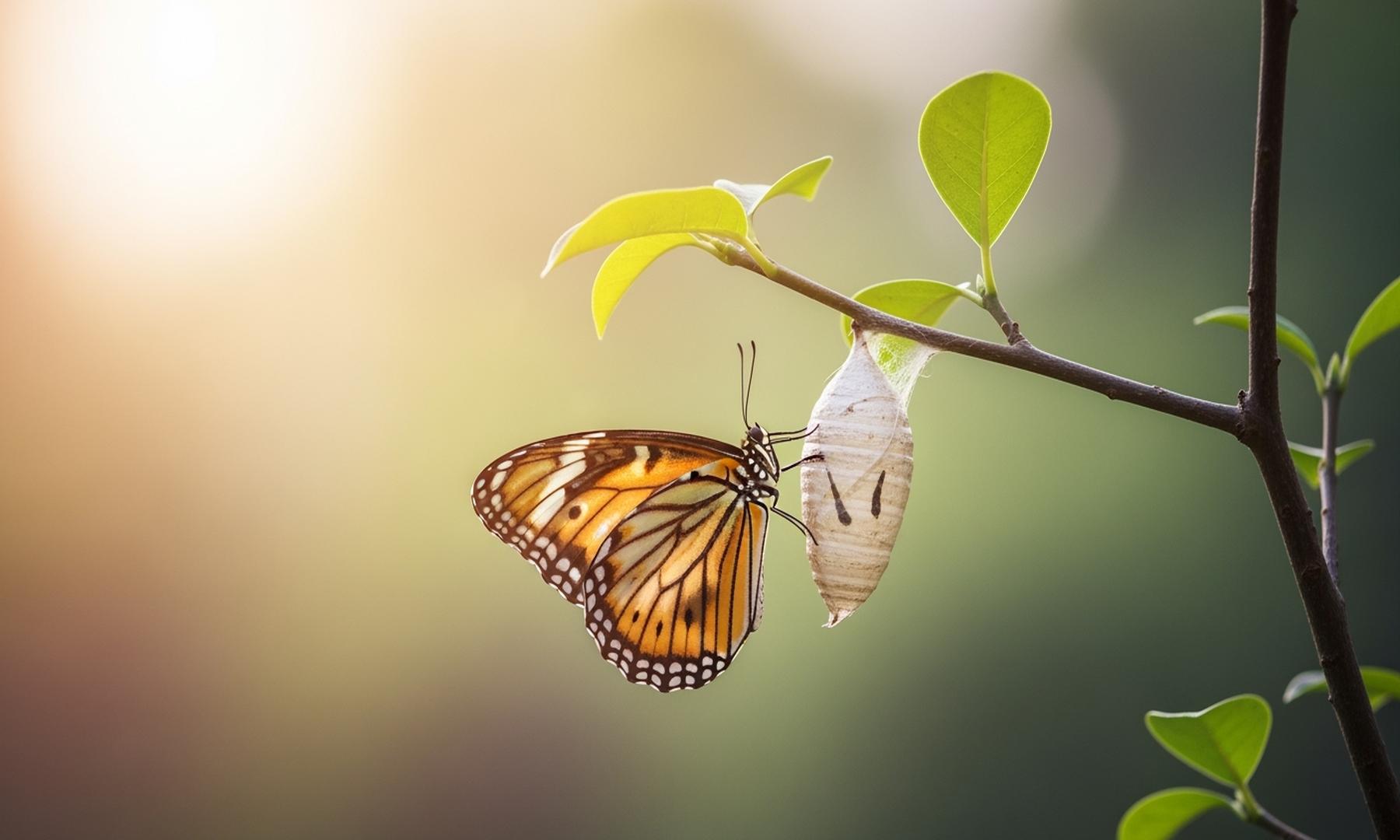What's Happening?
Joe Flacco, the veteran quarterback, recently shared insights into his life following his trade to the Cincinnati Bengals. At 40 years old, Flacco humorously reflected on the solitude he experiences while
dining alone, a situation he previously pitied in others. Now, he appreciates the peace it brings. Flacco's family is not residing with him in Cincinnati, which has led to fewer interactions with Bengals fans at restaurants, as he opts for early dinners to avoid crowds. Despite the light-hearted nature of his comments, Flacco expressed a desire for his family to join him, noting they will be visiting for the upcoming game against the New York Jets. The Bengals are coming off a narrow victory against the Pittsburgh Steelers, and Flacco hopes to continue this momentum in the next home game.
Why It's Important?
Flacco's adjustment to life in Cincinnati underscores the personal sacrifices athletes often make when traded to new teams. His comments highlight the balance between professional commitments and personal life, a common challenge for many in the sports industry. The Bengals' recent victory and upcoming game against the struggling Jets present an opportunity for Flacco to further integrate into the team and potentially increase his visibility among fans. This transition period is crucial for both Flacco and the Bengals as they aim to capitalize on their recent success and improve their standing in the league.
What's Next?
Flacco's family visiting for the game against the Jets could provide a morale boost, potentially enhancing his performance on the field. The Bengals will look to leverage their recent win to secure another victory, which could solidify Flacco's role within the team and increase fan engagement. As the season progresses, Flacco's ability to adapt to his new environment will be pivotal in determining his impact on the Bengals' overall performance.
Beyond the Headlines
Flacco's situation highlights broader themes of athlete mobility and the personal adjustments required when transitioning between teams. It raises questions about the support systems in place for athletes facing such changes and the impact on their mental well-being. The narrative also touches on the cultural aspects of sports fandom and the role of personal interactions in building player-fan relationships.












